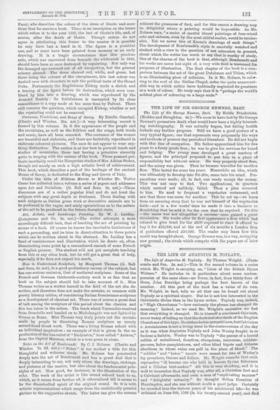How to Understand Sculpture, by Margaret Thomas (G. Bell and
Sons, Os. net), is a good preliminary survey of the subject, but has one serious omission, that of media:Aral sculpture. Some of the French and German thirteenth-century work is so fine that no book on the subject should fail to take account of it. Miss Thomas writes as a worker herself in the field of the art she de- scribes, and therefore does not make the mistake, so common with purely literary critic,s, of considering Italian Renaissance sculpture as a development of classical art. There was of course a great deal of talk among the sculptors of this period about the classics, and this has taken in the critics. The torch which Verrocchio received from Dona tello and handed on to Michelangelo was not lighted by Greece or Rome. Miss Thomas very truly points out the mistake made by people in dismissing Roman sculpture as merely second-hand Greek work. There was a living Roman school with an individual inspiration : an example of this is given in the re- production of the has-relief of "Endymion," here called " Acteson," from the Capitol Museum, whieh is a true poem in stone.






















































 Previous page
Previous page